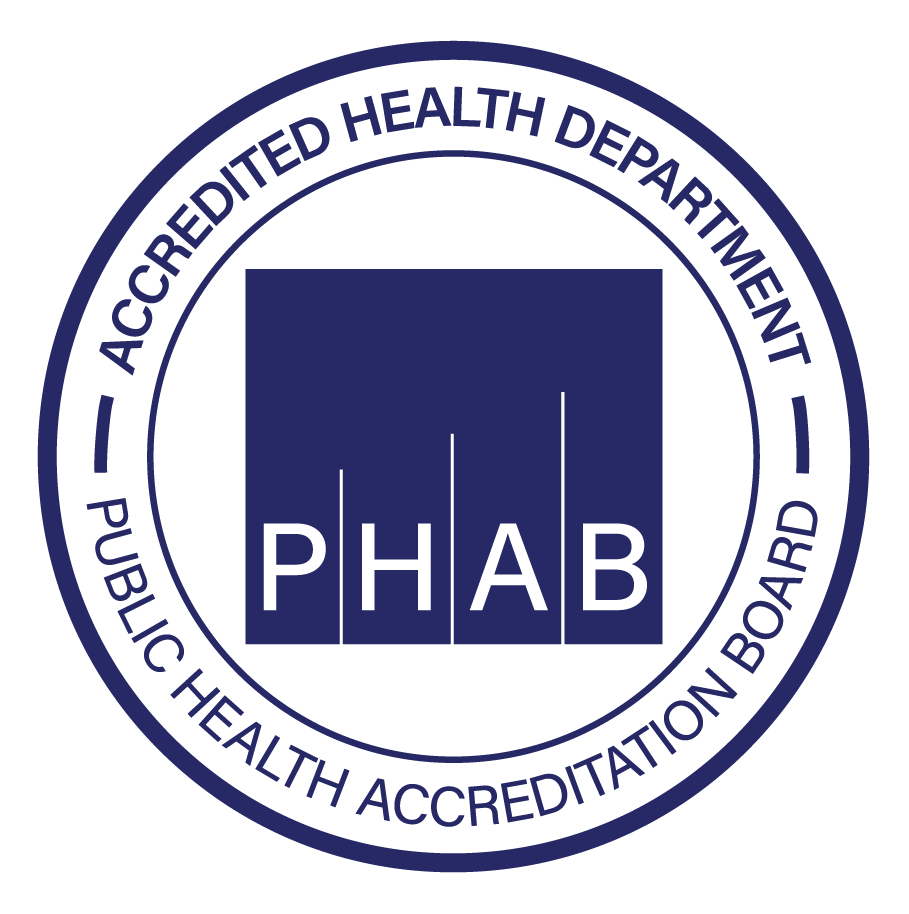State Health System Innovation Plan
State Health System Innovation Plan (SHSIP) |
| State Health System Innovation Plan: Final Draft |
SHSIP Components and Information |
Summary: The State Health System Innovation Plan (SHSIP) puts forth a new health care model to move Oklahoma into value-based purchasing of health care. It is the final deliverable of the State Innovation Model (SIM) grant and is scheduled to be submitted to the Centers for Medicare and Medicaid Services (CMS) on March 31, 2016. The SHSIP is being posted for a 30 day public comment period Note: The period for comment has now closed. State Health System Innovation Plan (SHSIP) Sections: A. Introduction This section of the SHSIP will be updated at a future date. B. Description of the State Health Care Environment This section details the proposed Oklahoma Model: Regional Care Organizations (RCOs), multi-payer quality metrics, episodes of care. Based on stakeholder feedback, technical assistance, and CMS feedback, we made the following changes to this section of the SHSIP:
C. Report on Stakeholder Engagement and Process Deliberations This section details stakeholder engagement activities and analysis and interpretation of key findings collected data. Based on stakeholder feedback, technical assistance, and CMS feedback, we made the following changes to this section of the SHSIP:
D. Plan for Health care Delivery System Transformation This section covers population health outcomes, health system performance trends, and current initiatives for health improvement. E. Health System Design and Performance Objectives This section details the population health flagship issues and health care value-based payment and delivery strategies for the SIM project. Based on stakeholder feedback, technical assistance, and CMS feedback, we made the following changes to this section of the SHSIP: F. Value-Based Payment and/or Service Delivery Model This section details the proposed Oklahoma Model: Regional Care Organizations (RCOs), multi-payer quality metrics, and episodes of care. Based on stakeholder feedback, technical assistance, and CMS feedback, we made the following changes to this section of the SHSIP:
G. Plan for Improving Population Health This section details how overall population health will be improved through current initiatives and the proposed Oklahoma Model. H. Health Information Technology Plan This section details objectives and strategies to achieve HIT interoperability in Oklahoma and move toward value-based purchasing. Based on stakeholder feedback, technical assistance, and CMS feedback, we made the following changes to this section of the SHSIP:
I. Workforce Development Strategy This section details the core areas of the SIM workforce development strategy, including data collection and analysis and workforce re-design. Based on stakeholder feedback, technical assistance, and CMS feedback, we made the following changes to this section of the SHSIP:
J. Financial Analysis This section of the SHSIP will be updated at a future date. K. Monitoring and Evaluation Plan This section covers a plan for quality monitoring and improvement as well as an evaluation strategy that can illuminate unique and combined effects of different innovations.
L. Operational and Sustainability Plan This section covers population health outcomes, health system performance trends, and current initiatives for health improvement.
Based on stakeholder feedback, technical assistance, and CMS feedback, we made the following changes to this section of the SHSIP:
|



